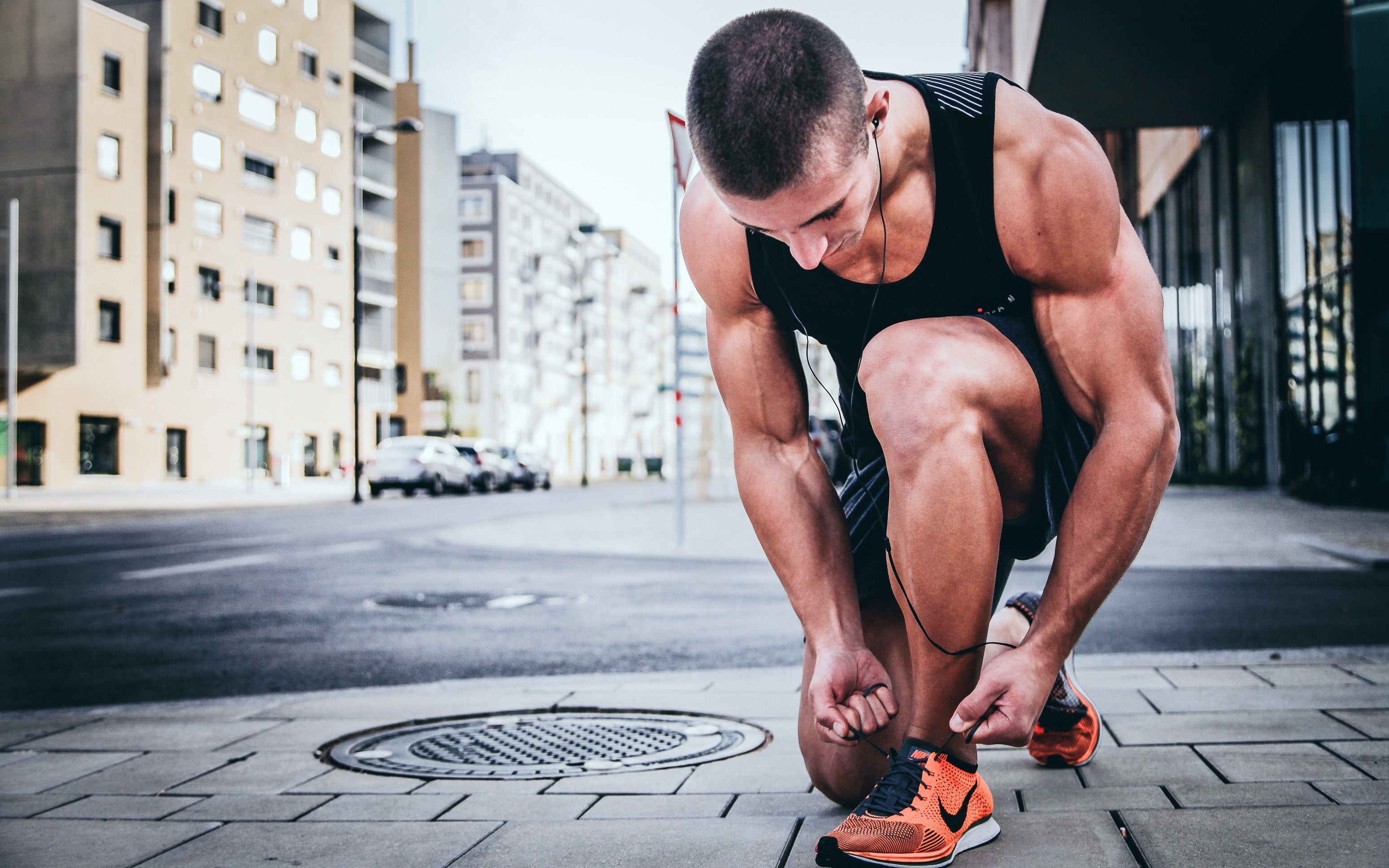Rowing is often cited as one of the best full-body workouts. But which exact muscle groups are used when rowing? This article will give you a detailed overview of how rowing strengthens your body from head to toe.
1. Leg muscles
Rowing is surprisingly leg-focused. In fact, every rowing movement begins with a strong leg push. The main muscle groups used include:
- Quadriceps (front of thigh)
- Calf muscles
- glutes
2. Back muscles
Pulling the rowing handle activates various muscles in the back:
- Latissimus dorsi (large back muscle)
- Rhomboideus (rhombus muscles)
- Trapezius (hood muscle)
3. Shoulders and arms
During the pulling phase of rowing, the arms and shoulders are also put under a lot of strain:
- Deltoid muscle (shoulder muscle)
- Biceps (upper arm muscle)
- Triceps (posterior upper arm muscle)
- Forearm muscles
4. Core muscles
Maintaining a stable position while rowing strengthens core muscles, including:
- Rectus abdominis (straight abdominal muscle)
- Obliques (oblique abdominal muscles)
- Back extensors
5. Technology and efficiency
Efficient rowing training requires correct technique. Proper technique ensures that all muscle groups are used equally and injuries are avoided.
Conclusion
The rowing machine is an invaluable training tool that works numerous muscle groups throughout the body. Whether you're just starting out or an experienced athlete, rowing offers an intense and effective workout for all fitness levels. By strengthening these muscle groups, rowing can help increase overall body strength, improve endurance, and even prevent injuries.
